Toolkit: How to Research School Performance
As a parent, you want to know how schools are performing in your district and across the state. Researching student performance in California can be overwhelming because you’ll often encounter extensive mazes of web pages and links. This School Performance Toolkit is designed to cut through the confusion by outlining key resources.
Statewide school performance
If you want a broad look at how public schools are performing in California, CAASPP (CA Assessment of Student Performance and Progress) is a good starting point. CAASPP measures student performance in English Language Arts, Mathematics, and Science. Note that not all students take the same assessments. There are tests specifically for students whose first language is not English, and for students with individualized education programs. Furthermore, not every grade level is assessed; CAASPP applies to grades 3-8 and 11.
For a more detailed look at CAASPP data filtered by groups (gender, ethnicity, etc.), you can access spreadsheets through the California Department of Education here. Select the year you’re looking for via the links at the top toolbar, but note that the most recent years may not be available yet. In your research, you may come across assessments like CAST (California Science Test), CAA (California Alternate Assessments), and ELPAC (English Language Proficiency Assessment for California). These are all encompassed by the CAASPP testing program.
Another great resource for statewide performance is the National Assessment of Educational Progress (NAEP) or more simply called the Nation’s Report Card. NAEP is a federal program established in 1969 and, as described by the California Department of Education, is “the only ongoing, nationally representative assessment designed to evaluate what America’s students know and can do in a variety of subjects.”. The Nation’s Report Card assesses 4th and 8th grade performance in math, reading and science. This is a helpful source when looking at performance trends and providing an apples-to-apples comparison from state to state. People can also find links to “Snapshot Reports” that conveniently display more in-depth information. Unfortunately, Snapshot Reports aren’t available for every year.
School and district-level performance
SARCs (School Accountability Report Cards) are a way for parents to look up performance at their students’ individual schools within the state. They are also a great way to find a school’s class sizes, fiscal and expenditure data, safety information, and more. After locating a school through the SARC portal search bar, you’ll be presented with demographic information about the particular school.
To find student performance and other information, click the “VIEW FULL SARC” button. It is possible that a great deal of performance data is missing. Citing COVID, Executive Order N-30-20 “waived the assessment, accountability, and reporting requirements for the 2019-2020 school year,” and 2020-2021 information is missing because it is “not comparable to other year data due to the COVID-19 pandemic during the 2020–2021 school year.” While SARCs are generally a helpful tool for school performance, there have been disruptions to performance reporting.
Local Educational Agency Accountability Report Cards (LARCs) are “annual district-wide report cards that summarize data of LEAs [Local Educational Agencies] statewide.” Use the portal search bar to find a district, then use the links at the top of the page to find data like graduation rates, assessment results, and per-pupil expenditures. Note that the “Accountability” link for a district’s LARC may direct you to the California School Dashboard. While this dashboard should display school accountability data concerning academic performance, academic engagement, and school climate, data may be missing for a particular school. In that case, the SARCs may be the most useful tool for measuring performance.
